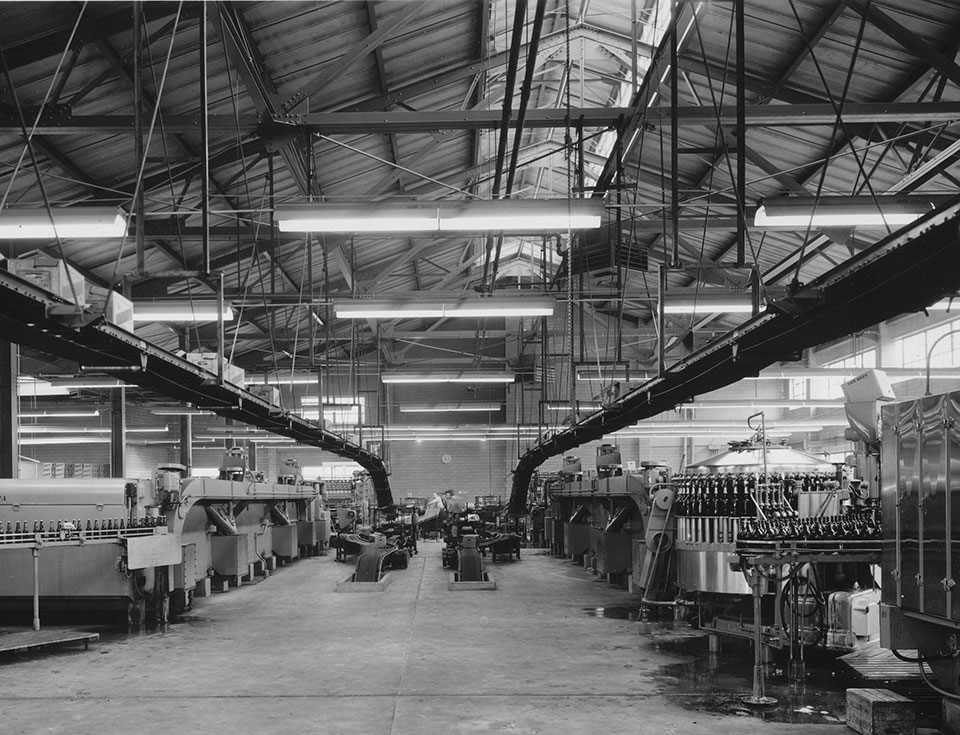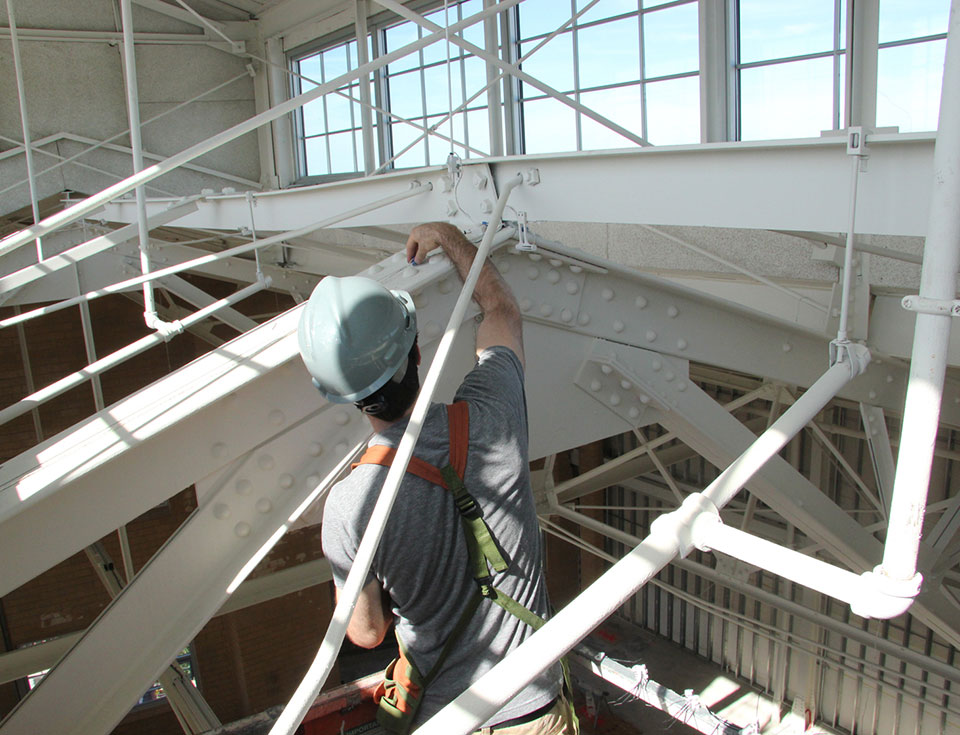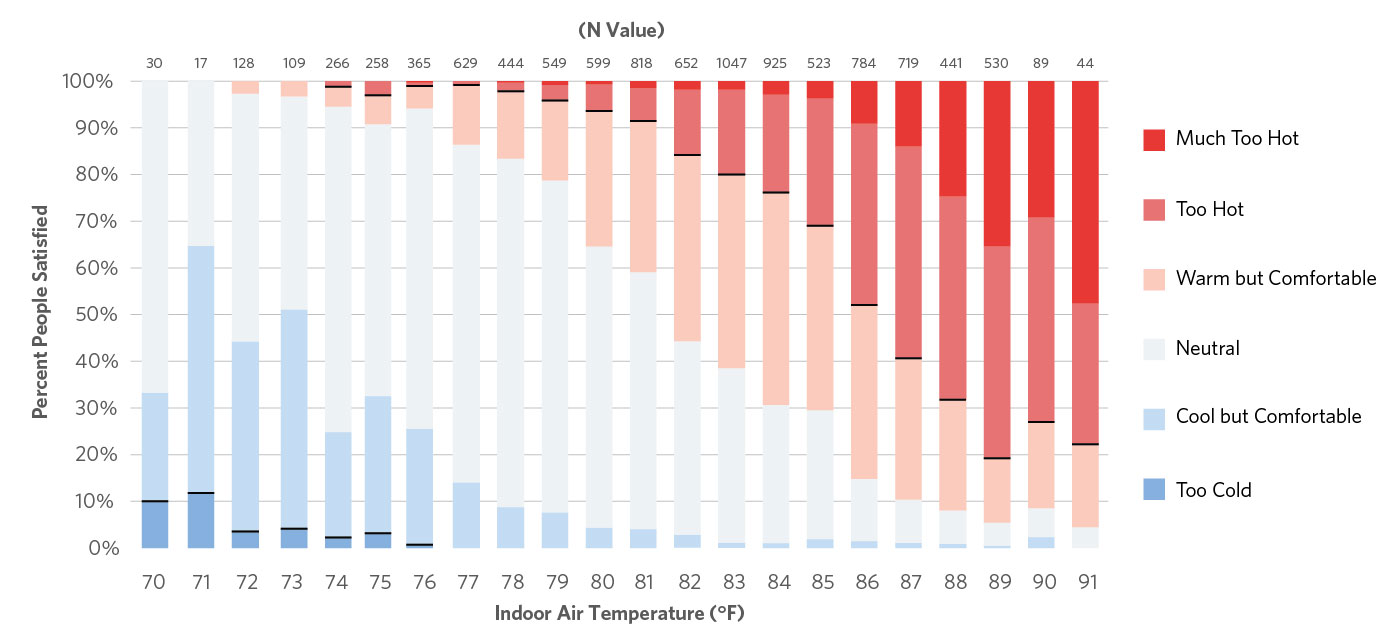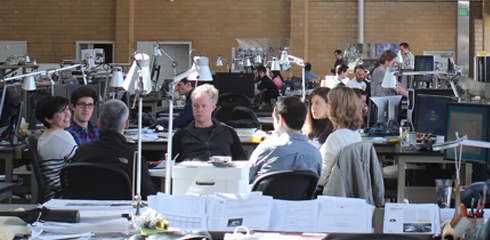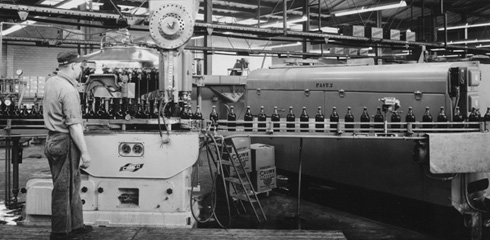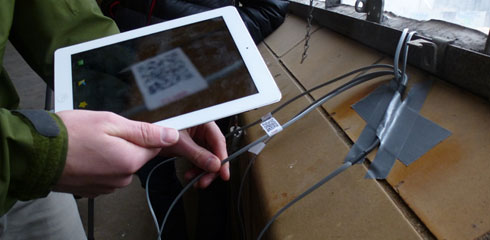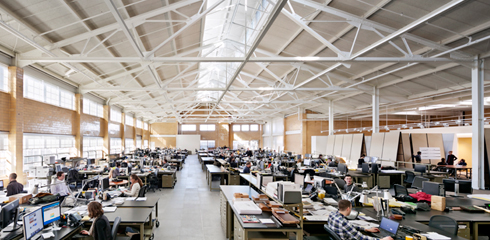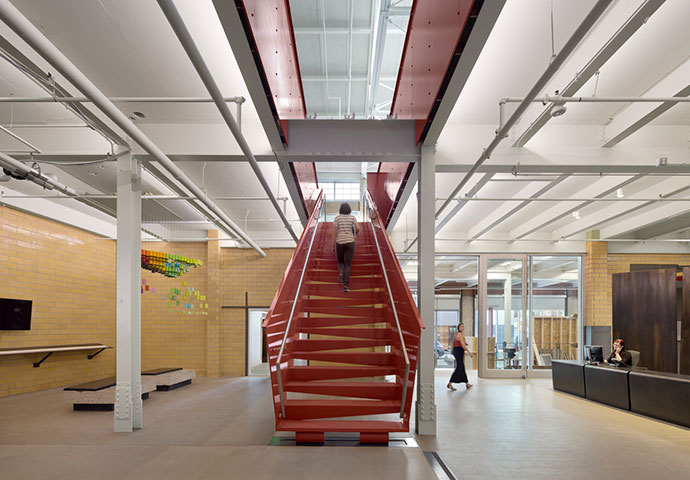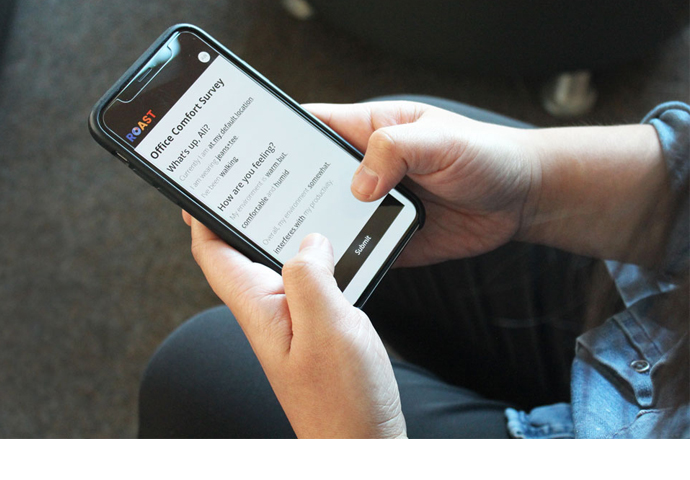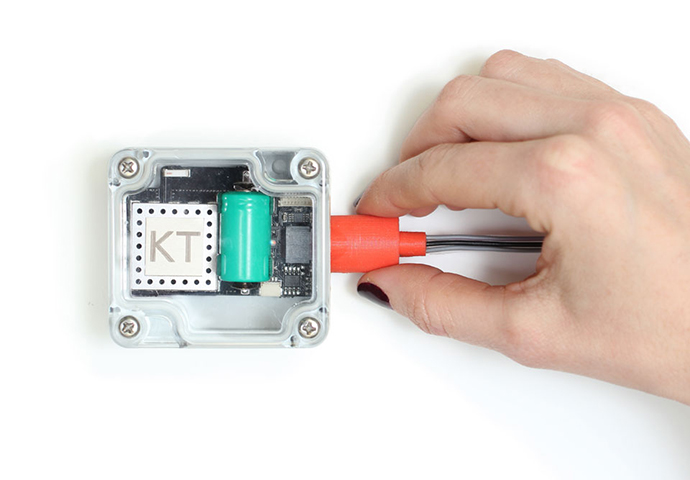Can we harness the inherent passive cooling strategies of a historic bottling house to maintain comfort during Philadelphia's hot and humid summers?
Ortlieb's Bottling House, a mid-century industrial building, was retrofit to preserve passive strategies such as daylight, thermal mass, and operable windows to reduce the building's reliance on mechanical systems.
When they began searching for a new studio space in 2012, KieranTimberlake Partners Stephen Kieran and James Timberlake were after something ambitious. When they found a historic beer bottling factory in Philadelphia's industrial Northern Liberties neighborhood, they jumped at the chance to design an innovative retrofit that would transform the abandoned structure into a light-filled, low carbon architecture studio. The building had architectural features that kept the plant's beer bottles (and bottlers) cool during Philadelphia's trademark hot and humid summers before air conditioning was common. Studying these features led us to a bold experiment: could we create a building that kept people comfortable without air conditioning?
SENSOR DEPLOYMENT
Our strategy relied primarily on thermal mass. By deploying heat and humidity sensors in the pre-renovated space, we learned that the building's walls and concrete slabs would absorb heat during the day when employees were working and slowly release it at night when our staff had gone home. Additionally, the sensors revealed that the second floor's 40-foot-tall ceilings kept hot air trapped high overhead, further reducing floor-level temperatures.
Following the sensor study, we developed a suite of passive strategies to keep the building cool, including high-performance insulation, a new roof and operable windows, an emphasis on natural light, and mechanical ventilation systems that kept air moving and flushed hotter daytime air from the building at night.
Deploying sensors in the pre-renovated space revealed the building's potential for passive conditioning.
REAL-TIME FEEDBACK
Understanding that a modern office without air-conditioning was a move into uncharted territory, we also committed ourselves to documenting and studying how effective our strategies were. We issued comfort surveys twice a day asking staff to rate their environment, and compared this information with data from a network of nearly 400 temperature and humidity sensors installed during the renovation. Doing so allowed us to understand trends and make informed improvements, such as relaxing the dress code and adding individual fans to each desk. This comfort study spanned two summers and resulted in a final dataset with close to 10,000 survey responses and millions of sensor readings. We've used this research to release Roast, a web-based survey app that captures how people experience their space
While we thought that humidity would have the greatest impact on individual comfort, our dataset revealed that temperature was the main factor influencing staff comfort. Further research revealed that temperature is more impactful than humidity in well-ventilated spaces with high amounts of airflow. In addition to understanding the main factors influencing comfort, our study also helped us determine the best setpoint for our office—90% of our staff were comfortable when the office was 81˚F or lower, a much higher temperature than typical commercial building setpoints.
After two summers and over 10,000 survey responses, our data showed that most of our employees were comfortable when the building was 81 ˚F or lower.
RIGHT-SIZING SYSTEMS
Lastly, the data clearly showed that to maintain an 81˚F setpoint, the studio needed air-conditioning. After nearly two years experimenting with passive strategies, we installed a chiller in the summer of 2016 using insights from the survey findings to determine the exact size needed. While our cooling experiment was over, we continued to survey staff comfort and have used real-time survey responses to keep our now mixed-mode building running effectively and efficiently. The result was startling—armed with so much comfort data, we were able to add air-conditioning to the space while only increasing building energy consumption by 2%.
Thinking more broadly, our long-term study offers valuable information for anyone interested in dramatically reducing their cooling-related carbon emissions through occupancy surveys or passive cooling. In proving that mixed-mode designs can reduce reliance on air-conditioning even in hot and humid climates like Philadelphia, we hope that building owners, designers, and engineers will employ similar strategies on their own buildings.
Additional Publications
This project has been shared via the following peer-reviewed publications:
- Upper limits for thermal comfort in a passively cooled office environment across two cooling seasons,” by Kit Elsworth et. al., 10th Windsor Conference




